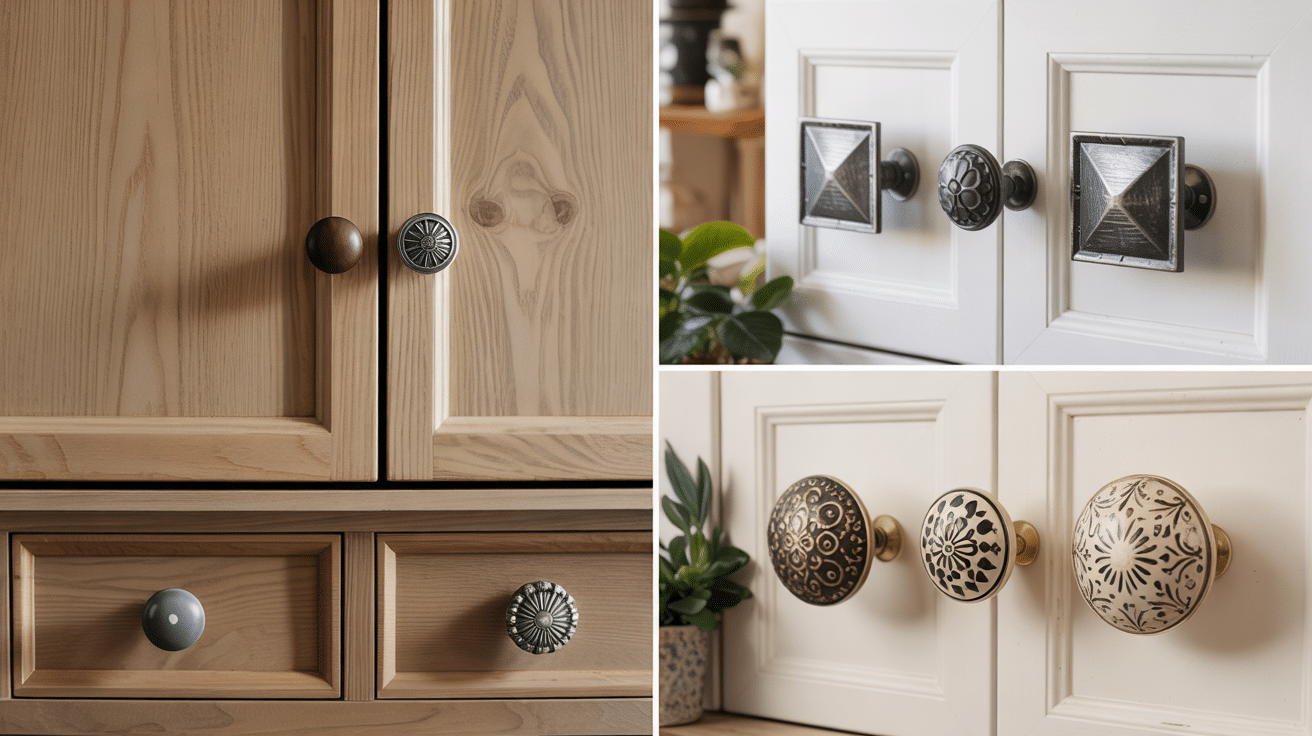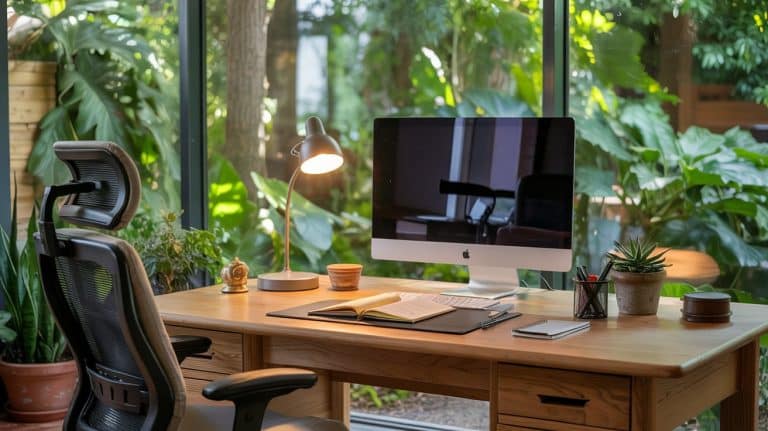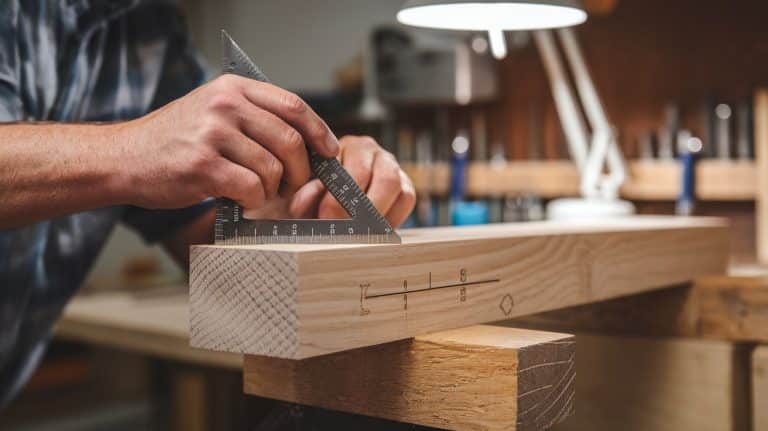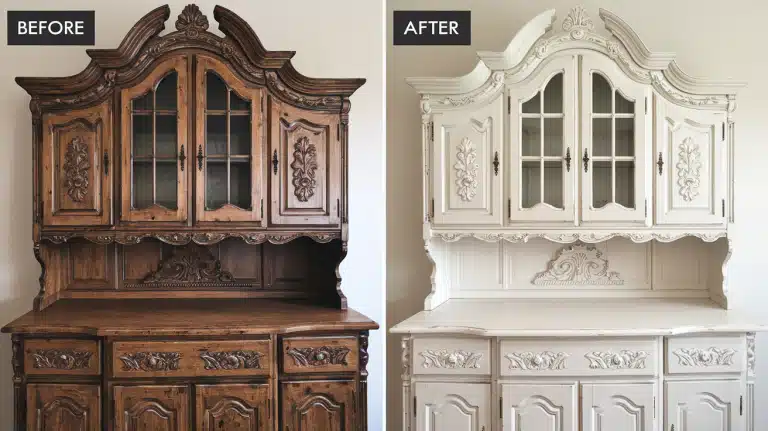How to Position Knobs and Handles on Kitchen Cabinets?
Small details can make a big difference, especially when it comes to kitchen hardware.
Knobs and pulls are essential for both function and style, yet knowing where to place them can change your kitchen’s look.
Whether you’re renovating or just updating, understanding the right hardware placement ensures your cabinets not only look beautiful but are also easy to use.
In this guide, we’ll show you the best ways to choose and position knobs and pulls to boost your kitchen’s design.
How Hardware Placement Affects Visual Balance?
Hardware placement plays a crucial role in achieving visual balance in your kitchen. The way you position knobs and pulls can significantly impact the overall look of the space.
For instance, aligning hardware across cabinets creates a sense of symmetry and flow, making the kitchen feel more organized and cohesive.
When hardware is placed unevenly or too far apart, it can disrupt the room’s balance and draw attention to areas you might prefer to downplay.
Additionally, the placement of hardware in relation to other elements, such as cabinet edges or trim, affects the overall artistic.
Proper spacing helps frame the cabinet doors neatly and ensures the hardware complements the cabinet style without overwhelming it.
Consistent hardware placement across all cabinets further enhances visual harmony, giving your kitchen a well-thought-out and cohesive design.
Types of Cabinet Knobs
1. Round Knobs
Round knobs are a classic and versatile choice that works well with almost any kitchen style, from rustic to modern. These knobs are easy to install and offer comfort in use.
Available in a variety of materials like wood, glass, metal, or even ceramic, they can fit seamlessly into different artistic looks.
2. Square Knobs
For a more contemporary look, square knobs bring clean lines and sharp angles to your cabinetry.
These knobs are ideal for modern, industrial, or minimalist kitchens, offering a bold yet refined look. Their geometric shape complements sleek and angular cabinet designs.
3. Decorative Knobs
These knobs stand out with intricate patterns, unique textures, or glass and ceramic finishes. They are perfect for adding personality and charm to traditional, vintage, or eclectic spaces.
Decorative knobs are great for those who want their hardware to make a statement, becoming a central feature of the room.
Types of Cabinet Pulls
1. Bar Pulls
Bar pulls are long, sleek, and easy to grip, making them a perfect fit for modern and minimalist kitchens.
Their straight, clean lines contribute to a streamlined artistic look, and they come in a variety of finishes, such as stainless steel, brass, or matte black. Bar pulls are especially popular for their contemporary appearance and ease of use.
2. Cup Pulls
Often used on drawers, cup pulls are known for their vintage charm and farmhouse feel.
Their deep, curved shape provides a substantial grip, making them ideal for heavier drawers. Available in various materials like antique brass or oil-rubbed bronze, they add a nostalgic touch to traditional kitchens.
3. T-Bar Pulls
T-bar pulls are minimalist and sleek, adding a sophisticated touch to modern cabinetry. Their simple design and clean lines are often found in contemporary kitchens and are perfect for those who prefer a subtle yet refined look.
These pulls are available in various finishes and are usually used in spaces where style and simplicity take precedence.
Perfect Placement: Where to Position Your Knobs and Pulls
Correct placement is as important as choosing the right hardware style. Poor placement can make cabinets hard to use and throw off your kitchen’s visual balance.
1. For Drawers
The place pulls in the center of the drawer front for a balanced look. For wider drawers (24 inches or more), use two pulls spaced evenly. Place knobs at the center of smaller drawers, or 2-3 inches from the top edge on taller drawers.
Hardware placement should be scaled to the drawer size. Small drawers under 12 inches wide work best with one centered knob or small pull. Medium drawers between 12-24 inches can use one centered pull.
For very deep drawers that might hold heavy items, consider using longer pulls (5-8 inches) that give you more gripping power. These larger pulls also look in scale with bigger drawers.
2. For Base Cabinets
Mount knobs 2-3 inches from the corner of the door, opposite the hinge. For pulls on base cabinets, place them 2-3 inches from the bottom of the upper door or the top of the lower door. This spot makes them easy to reach while standing.
For double doors, place hardware 2-3 inches from the outer corners. This balanced approach frames the cabinet nicely while maintaining good function.
Creating visual alignment between adjacent cabinets makes your kitchen look well-planned. Try to install hardware at the same height across all base cabinets.
3. For Wall Cabinets
Install knobs 2-3 inches from the bottom corner of the door, opposite the hinge. This makes them easy to reach and use. For pulls, place them horizontally near the bottom edge of the door frame so you don’t have to reach up too high.
Wall cabinet hardware should be placed with comfort in mind. Keep hardware at a consistent height that works well for all household members.
For glass-front wall cabinets, choose hardware that complements but doesn’t block the view of what’s inside. Smaller, less obtrusive options often work best here.
4. For Tall Cabinets
Place pulls at a height that’s easy for all family members to reach on the pantry or tall storage cabinets. For doors that are 60 inches or taller, consider using two pulls—one about 40 inches from the floor and another about eye level.
For single pulls on tall cabinets, placement at about 45 inches from the floor works well for most adults. This height balances accessibility with appearance.
For tall cabinets with multiple doors stacked vertically, treat each door as its unit with hardware placed consistently with your other cabinets.
For a more in-depth understanding of cabinet knob placement, refer to this comprehensive guide on Cabinet Knob Placement Made Simple: Measurements & Tips.
The Great Debate: Knobs vs. Pulls
Choosing between knobs and pulls is a key part of selecting kitchen hardware, with each offering distinct benefits. Many kitchens look best with a mix of both.
Why Choose Knobs?
Knobs provide a classic look and are affordable and easy to install, making them ideal for cabinet doors and smaller storage spaces. With a wide variety of shapes and finishes, knobs can complement any style and are easy to replace for a quick update without breaking the bank.
Why Choose Pulls?
Pulls offer a modern, clean look and are especially suited for heavier drawers. They allow for an easy grip even with full or wet hands. When selecting pulls, make sure their size matches your drawers—generally, pulls should be about one-third the width of the drawer. Pulls also create strong visual lines, with horizontal pulls expanding small spaces and vertical ones adding height.
Understanding Cabinet Styles and Matching Hardware
The style of your cabinets should guide your hardware choices for a balanced kitchen design.
Traditional Cabinets
For kitchens with raised panel doors and detailed trim, round or oval knobs in brass or bronze create a timeless look. Stick to knobs on both doors and drawers for a cohesive feel. Simple hardware complements ornate designs, and glass knobs can add a touch of charm without overpowering the space.
Transitional Cabinets
Blend old and new by using knobs on doors and pulls on drawers. Choose mid-sized hardware with simple designs and keep a consistent metal finish, like brushed nickel or matte black, to unify the look while balancing traditional and modern elements.
Modern Cabinets
For flat-panel cabinets, use long, straight pulls or small tab pulls for a sleek, minimalist appearance. Choose metals like chrome or stainless steel to maintain a modern vibe. Some modern kitchens even opt for push-latch mechanisms, which offer a handle-free look.
For inspiration on pairing hardware finishes with cabinetry, explore 30 White Cabinets with Black Hardware Ideas for Your Kitchen.
Common Mistakes to Avoid
Small errors can ruin your kitchen’s look. Watch out for these common problems when placing cabinet hardware.
1. Off-center Hardware
One of the most common mistakes is placing hardware unevenly. Whether it’s knobs or pulls, consistency is key. When hardware isn’t aligned across similar cabinets, it can create a mismatched look that draws attention for all the wrong reasons. Using a template to mark spots before drilling ensures that everything lines up perfectly.
2. Wrong Size Choices
Choosing hardware that doesn’t match the size of your cabinets can throw off the entire artistic look Small knobs on large doors look out of place, while oversized pulls on smaller drawers can feel too bulky. For drawers, choose pulls that are about one-third the width of the drawer, and for knobs, ensure they’re sized appropriately for the cabinet.
3. Improper Measurements
If you’re not measuring carefully, you may end up with unevenly placed hardware. A small mistake, like being off by half an inch, can disrupt the symmetry and look of your kitchen. Always double-check measurements before drilling and consider the “center-to-center” distance when replacing hardware to avoid fitting issues.
Expert Tips for Flawless Hardware Installation
Getting your hardware placement right the first time saves time and prevents extra holes in your cabinets. Here are some expert tips for a smooth, hassle-free installation:
1. Plan Ahead
Before drilling any holes, tape paper templates of your hardware to the cabinets and leave them in place for at least 24 hours. This gives you time to assess the look and feel. Test the hardware by holding it up and mimicking opening motions to make sure it’s comfortable to grip.
2. Use Templates
Consider investing in a commercial template ($10–$30) for precise placement. It ensures even spacing and helps speed up the process, especially for multiple pieces. Alternatively, make a DIY template using cardboard to mark spots for drilling. Some hardware brands offer free paper templates on their websites for a perfect fit.
3. Consider User Comfort
When choosing hardware height, think about who uses the kitchen most. If children or shorter adults are often in the kitchen, place the hardware lower on the wall cabinets. For taller family members, position it higher on base cabinets. Also, test the hardware with wet or greasy hands to ensure a secure grip. Finally, check the placement while standing at your typical cooking position to ensure it’s comfortable to use in real-life scenarios.
Conclusion
The right knobs and pulls can boost your kitchen’s look while improving its functionality.
By carefully choosing hardware that complements your cabinet style and positioning it thoughtfully, you can achieve a balanced and cohesive design.
Whether you’re working with traditional, transitional, or modern cabinetry, the details matter.
Follow these simple guidelines to create a kitchen that’s not only beautiful but also practical and easy to navigate.
Ready to convert your space? Let your cabinet hardware take center stage and bring your vision to life!













